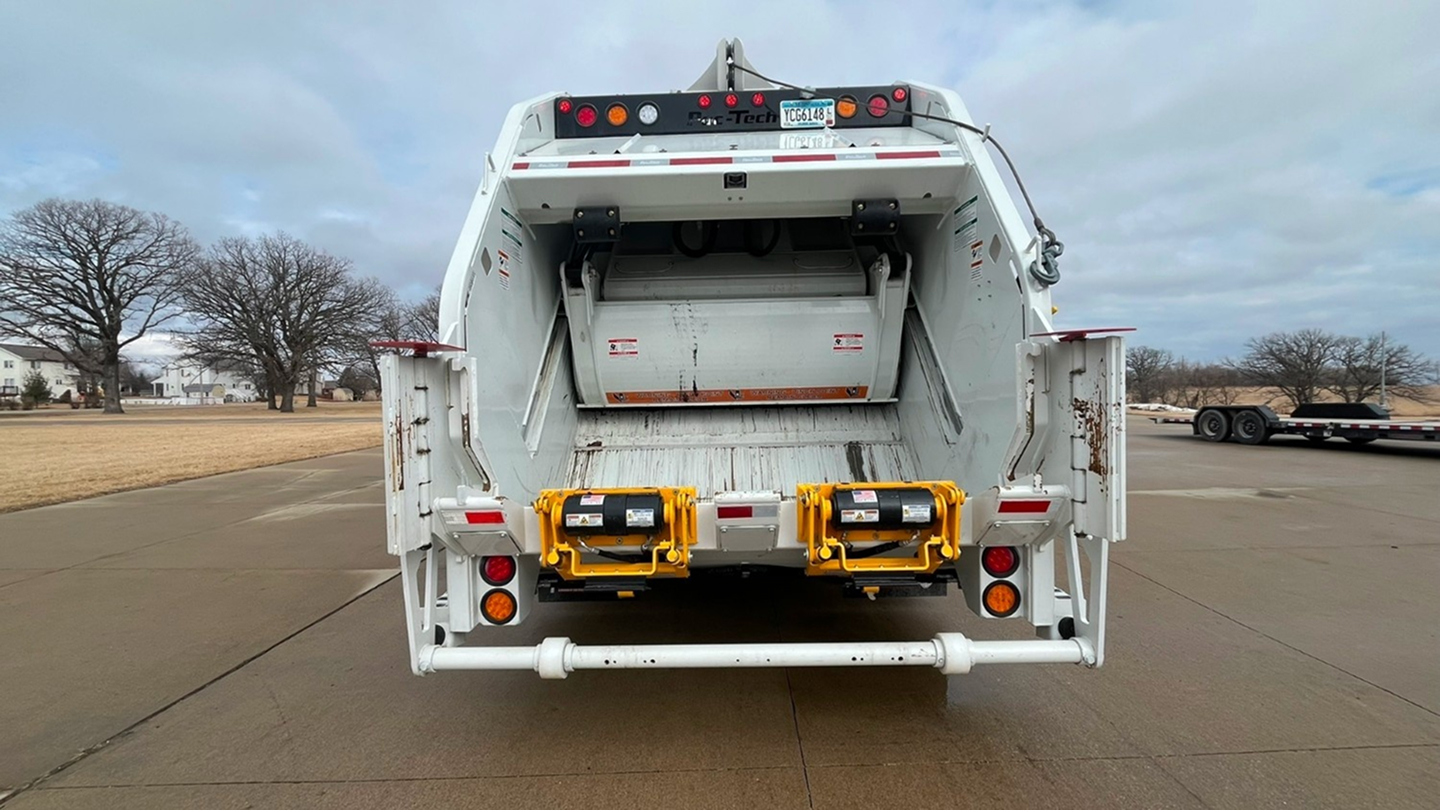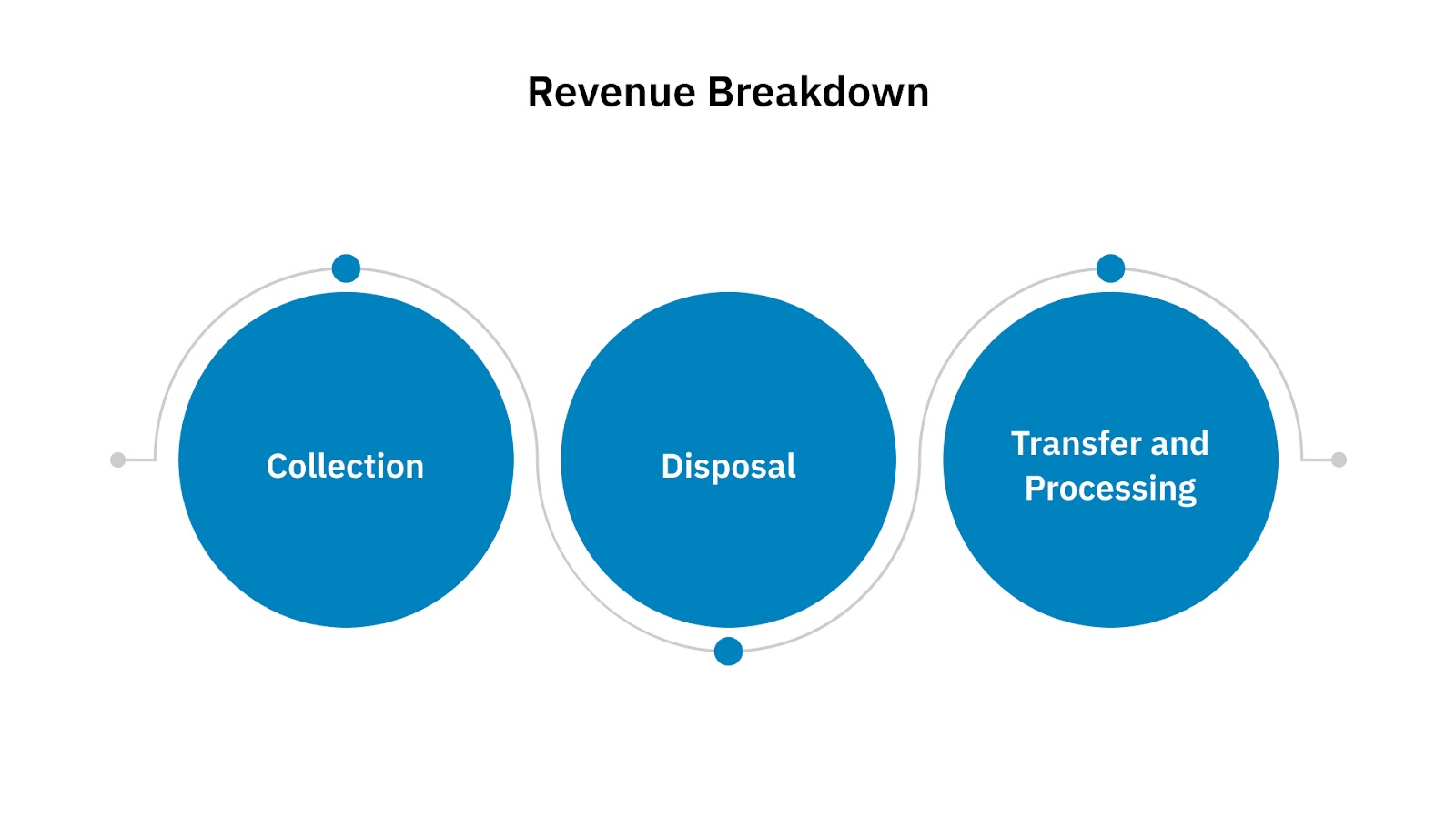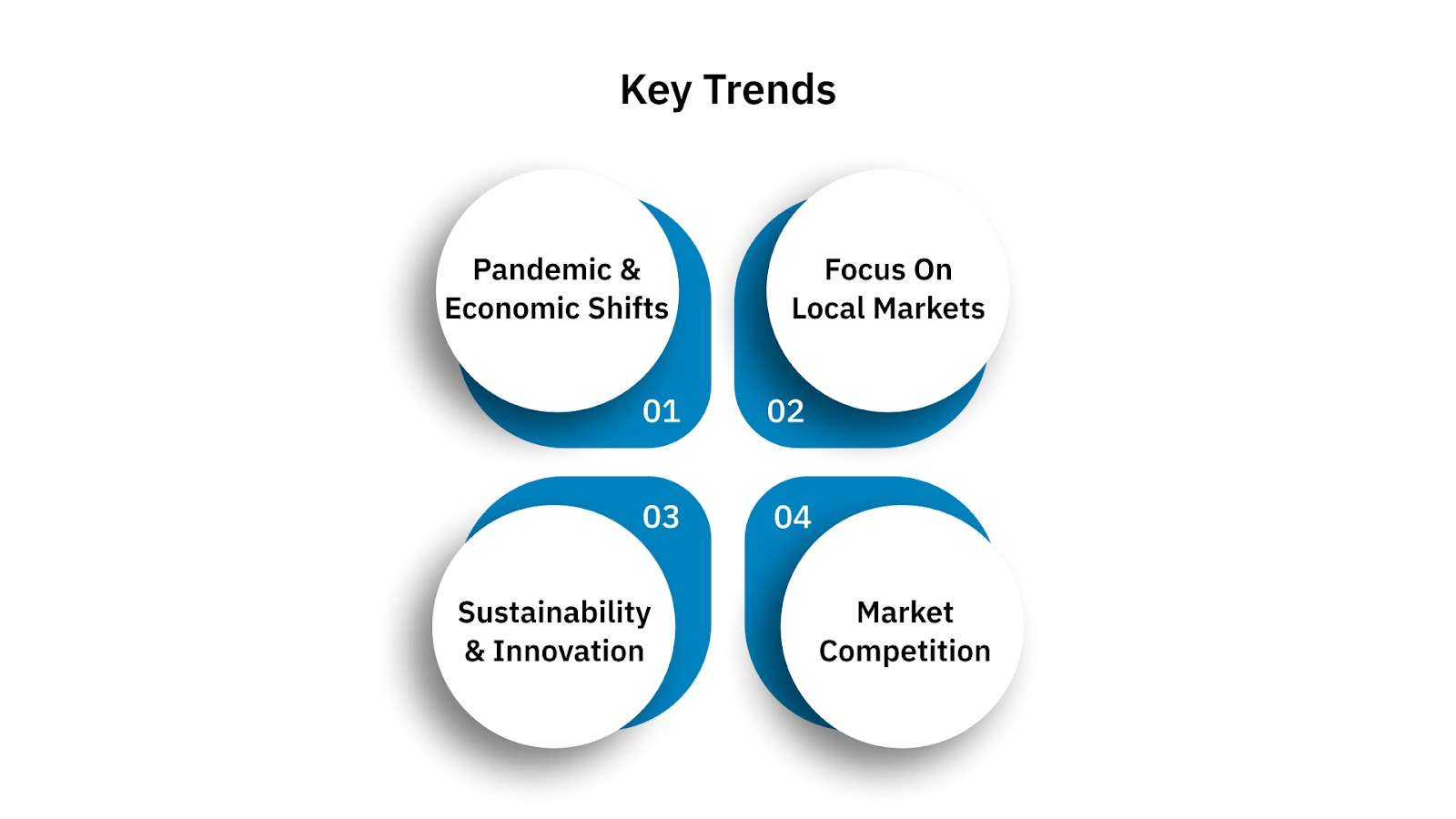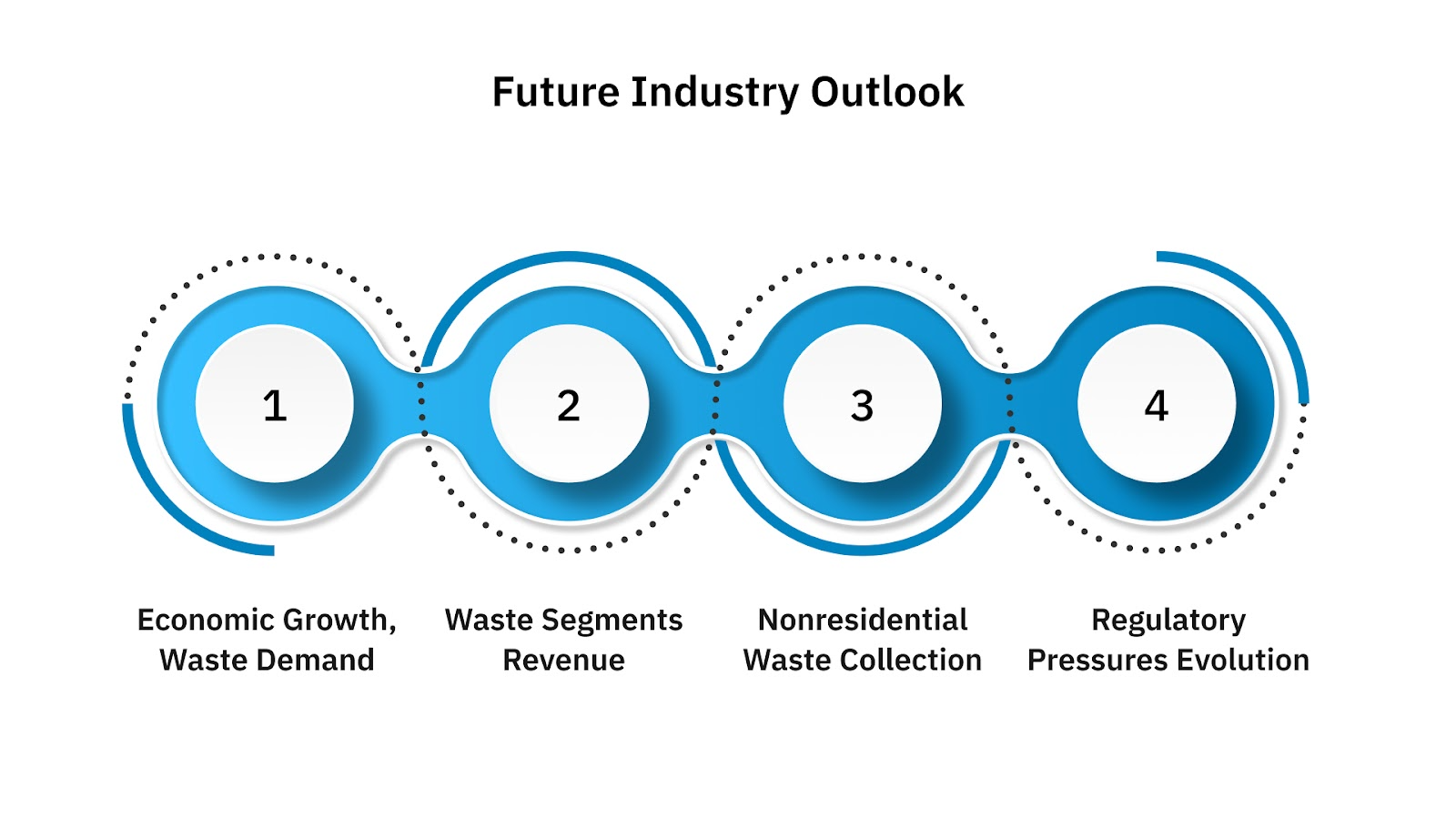US Garbage Collection: Number of Private and Public Companies
Explore the landscape of garbage collection in the US, comparing private and public companies. Learn about industry trends and market shares in service models.

Explore the landscape of garbage collection in the US, comparing private and public companies. Learn about industry trends and market shares in service models.


Garbage collection is a vital yet often overlooked service that keeps our communities running smoothly. While it may seem like a simple task, the industry itself is complex, with both public and private companies playing crucial roles in managing waste. Understanding the dynamics between these two sectors can help businesses and municipalities make informed decisions about waste management solutions.
In this blog, we’ll explore the number of private and public garbage collection companies across the US, their operations, and what sets them apart. If you're in the waste management sector or curious about how waste services are managed, this post will provide valuable insights into the industry. Let’s get started.
The U.S. waste and recycling industry reached an estimated $104.63 billion in revenue in 2024. A large portion of this, $69.46 billion, was generated from collection services, making it the most significant segment of the industry. Public companies dominate the collection market, contributing $45.25 billion in revenue.
While the private sector holds a smaller share of revenue from waste collection, private companies have steadily increased their presence, especially in residential waste services.

Revenue Breakdown:
Public companies dominate the disposal, landfill, and incineration sectors. However, private companies are gaining prominence, particularly in residential waste collection.
Also Read: How to Start a Waste Management Business in 2025
Now that we've looked at the industry’s overall size, let's explore how the balance between public and private companies shapes its domain.
The waste collection industry in the U.S. has seen a significant shift towards privatization over the years. In 1992, municipalities controlled 38% of the revenue generated by the waste sector. By 2024, this share had dropped to just 16.9%. Today, private companies contribute about 18.3% of the overall market revenue, totaling more than $20 billion.
Public companies continue to dominate the disposal space, with companies like Waste Management and Republic Services generating $19.11 billion from landfill operations alone. These companies control nearly 85% of the revenue generated by commercial and industrial waste collection.
While public companies dominate the commercial and industrial waste sectors, private companies such as Waste Pro, Rumpke, and Recology are increasingly capturing residential waste management contracts.
In 2024, public companies collected $14.49 billion from residential collections, while private companies generated $11 billion, showing notable competition in this segment.
With a clearer view of who leads the market, it's important to consider the key trends that are enhancing the future of waste management.

The waste management industry is undergoing significant changes, shaping the way both public and private companies operate. Here are some notable trends:
The pandemic-induced closures in 2020 led to a decrease in consumer spending and industrial production, resulting in a temporary decline in waste generation. As restrictions eased and the economy rebounded in 2021, waste generation surged due to higher consumer activity and commercial waste.
However, by 2022, inflation and rising interest rates began to affect waste volumes. This resulted in a slight reduction in waste generation and a corresponding impact on revenue for waste collection companies.
To mitigate revenue volatility caused by changing economic conditions, many waste collection companies have turned their focus to local markets. Strengthening their presence in specific regions helps companies build strong reputations and secure more stable, consistent revenue streams.
Waste management companies are increasingly investing in electric vehicle fleets and renewable energy solutions, such as landfill gas recovery, to reduce emissions. These investments reflect the growing demand for eco-friendly practices and aim to meet evolving environmental standards.
The waste management industry has witnessed consolidation among public companies, particularly in the disposal services sector. This trend is evident in the disposal sector, where large public companies dominate landfill operations and waste-to-energy services.
These companies have been acquiring smaller competitors and expanding their service portfolios to increase market share and reduce operational costs.
The waste management industry must adapt to economic shifts and sustainability demands, with public and private companies focusing on innovation and local markets for growth.
These trends are directly influencing the growth in waste treatment and disposal services, which are seeing significant expansion. Let’s take a closer look.
The Waste Treatment & Disposal Services sector in the U.S. is experiencing steady growth.
Key insights into the industry’s growth are as follows:
The market is set to continue growing, with the number of businesses in the waste treatment and disposal services sector expected to increase by 3.5% in 2025.
As the industry evolves, companies will need to adapt to new regulatory pressures and consumer expectations for environmentally friendly waste practices.
Also Read: A Guide to Expanding Waste Management Services: Renting for Growth
As the treatment and disposal services sector grows, let’s explore what the future holds for the entire waste management industry.

The U.S. waste management industry is set for continued growth, with a projected expansion over the next five years. Here’s a closer look:
The industry’s revenue is spread across various sectors, including:
Hazardous materials will continue to be the dominant segment, with increasing demand for safe disposal due to stricter environmental regulations.
As sustainability and technological innovation continue to shape the industry, companies that adapt will be well-positioned for long-term success.
Operational needs can shift quickly in the waste collection domain. Routes change, trucks break down, and budgets tighten. For municipalities, private haulers, and commercial businesses, having access to the right truck when it’s needed can prevent delays and keep services running smoothly.
With over 20 years of experience, Trash Truck Rental understands these challenges. We offer flexible, region-ready solutions tailored to the unique needs of waste management.
At Trash Truck Rental, we focus on supporting waste management teams by providing flexible, reliable truck rental and purchase options.
The U.S. waste management industry is evolving, with both public and private companies playing major roles in shaping the future of waste collection. As demand continues to grow, factors like flexibility, sustainability, and technological innovation will drive the industry forward.
Trash Truck Rental offers dependable, cost-effective solutions tailored to meet your specific needs, whether you're looking for lease or purchase options. With a wide range of trucks and flexible terms, we’re here to ensure your operations stay efficient and hassle-free, no matter the challenge.
Contact us today to learn how Trash Truck Rental can meet your needs with flexible rentals and reliable trucks.
As of 2025, there are 21,426 waste collection service businesses across the U.S., representing a 2.4% increase from 2024. This growth reflects the rising demand for both residential and commercial waste collection services, making it essential to choose a reliable provider.
Public companies dominate disposal services, generating billions in revenue from landfills and waste-to-energy operations, while private companies are becoming more prominent in residential waste services. Both sectors have seen growth, but private companies are increasingly competing in areas traditionally controlled by public entities.
Solid economic growth is expected to drive the expansion of waste management services, particularly in the industrial sector. As manufacturing, mining, and other businesses expand, there will be a corresponding increase in industrial waste, which will in turn boost demand for waste collection services.
With the number of private waste companies steadily increasing, Trash Truck Rental provides a reliable alternative by offering short-term leases and nationwide truck sales. Whether you're dealing with seasonal demand or expanding into new service areas, we offer tailored leasing options ranging from 28 days to two years, ensuring you stay on track in your operations.
Private companies are increasing their share of the residential waste collection market, with Waste Pro and Recology capturing a larger market share. In 2024, private companies generated $11 billion in residential collection, narrowing the gap with public companies, which earned $14.49 billion.
Ready to Upgrade Your Process Operations?